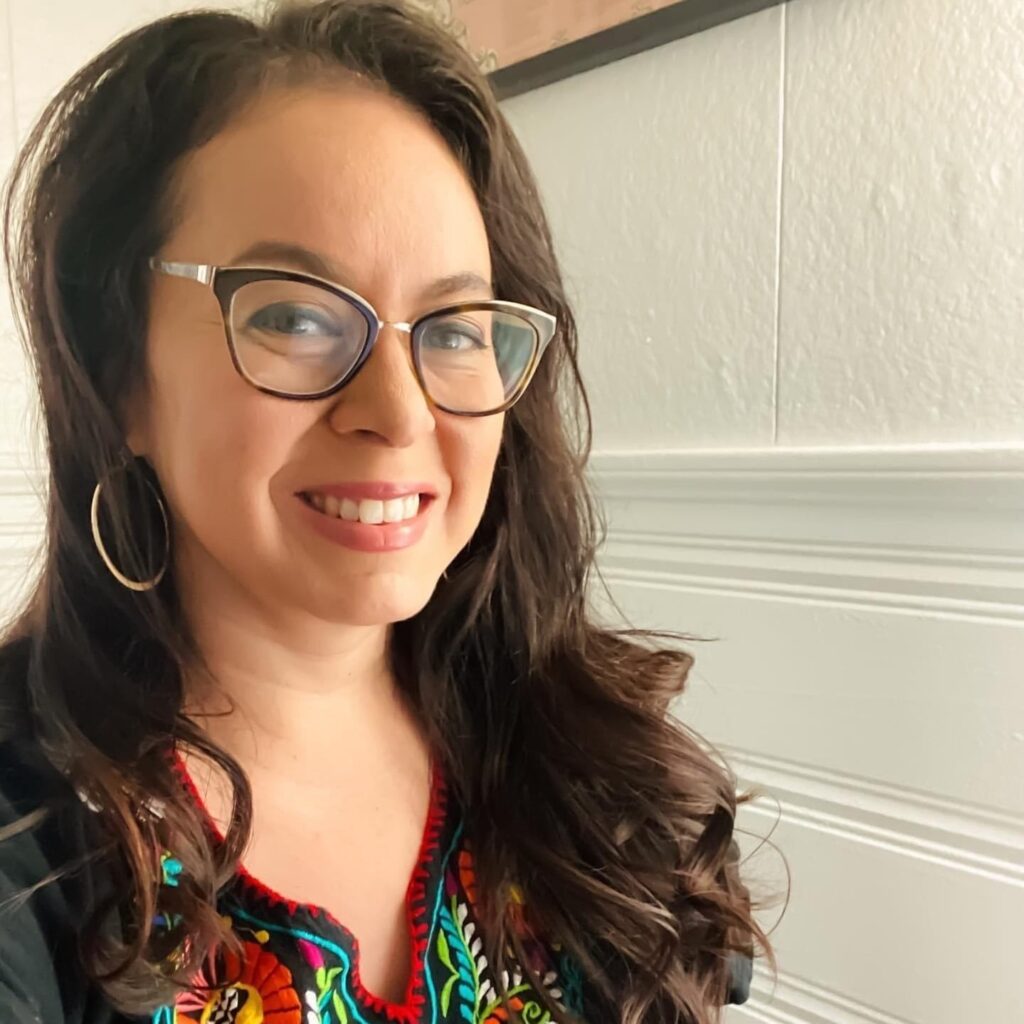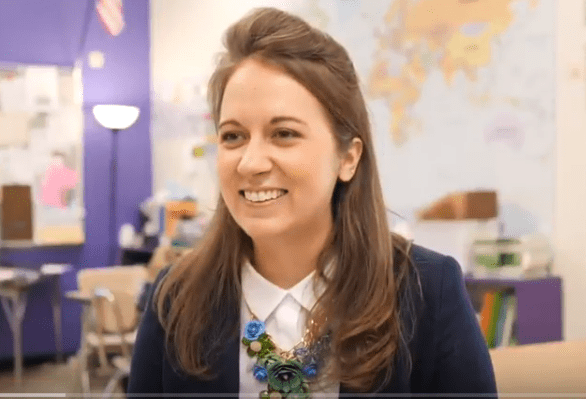Jennifer Pisonero is a Black Latina Spanish teacher at University Preparatory Academy (UPA) Middle School in Detroit, as part of the Bright Loritos Language Immersion program. Nearly 83 percent of students at UPA qualify for free or reduced lunch.
When I moved from Cuba to the United States, school was a difficult transition for me. I was trying to learn English as quick as possible as well as get accustomed to schooling in the U.S. “What does an ‘A’ mean in this class? And how can I attain it when I don’t fully understand what my teacher is saying?” I didn’t have a lot of teachers at school who looked like me and could understand where I was coming from. I needed that security. I needed someone at my school who understood and could assure me that everything will be okay.
After graduating from college, I decided to work with those students who, like me, were brought by their parents to the United States looking for the American Dream. Working with those students made me realize that there was a lack of humanity and empathy for ELL (English Language Learner) students. There was a lack of engagement from both students and teachers.
Latino teachers are vital to a school community because they are that security for Latino students. Whether they directly teach the student or not, just being there as a means of support matters. Some Latino high school students would tell me, “Yeah, White people can do well because they’re American. That’s just how it works. As for me, I’m going to graduate high school and just find a job.” This is why it’s important to have Latino teachers in schools. It shows students that if someone from their culture or background can make it, they can too. Representation is just that powerful. Regardless of what pathway my students choose after high school, they need to be exposed to all of the possibilities.
During my first year of teaching, I taught at Cesar Chavez High School in Detroit, where 91 percent of the student body is Latino. I remember a particular student who had recently moved from South America just three weeks prior to enrolling. Though most of the students spoke another language, the majority of the teachers did not. I worked with her and supported her in and outside of school. She was a young teenager wanting to do better for herself and her family. She often had mental breakdowns in school because there was a lot of pressure — not only did she have to quickly learn English to be successful at school, but she also had to face a judge who pressured her to have a job while staying in school. Fast forward to her graduation ceremony, where she told me, “Thank you for showing me I was not stupid because I could not understand English.” These words inspired me to do more.
Now, as a Spanish teacher and part of a mobile program that goes and teaches across different cities around Michigan, I motivate my students to learn how to love the language. I teach where I teach because I no longer want to hear the phrase, “I did not know there were Black Latinos.” I teach where I teach because my students deserve to be part of a world where we accept each other for who we are, no matter where we come from — a world where we can share traditions without judgement or prejudice.
For more perspectives from Latino teachers, read Ed Trust’s latest report, Our Stories, Our Struggles, Our Strengths.







